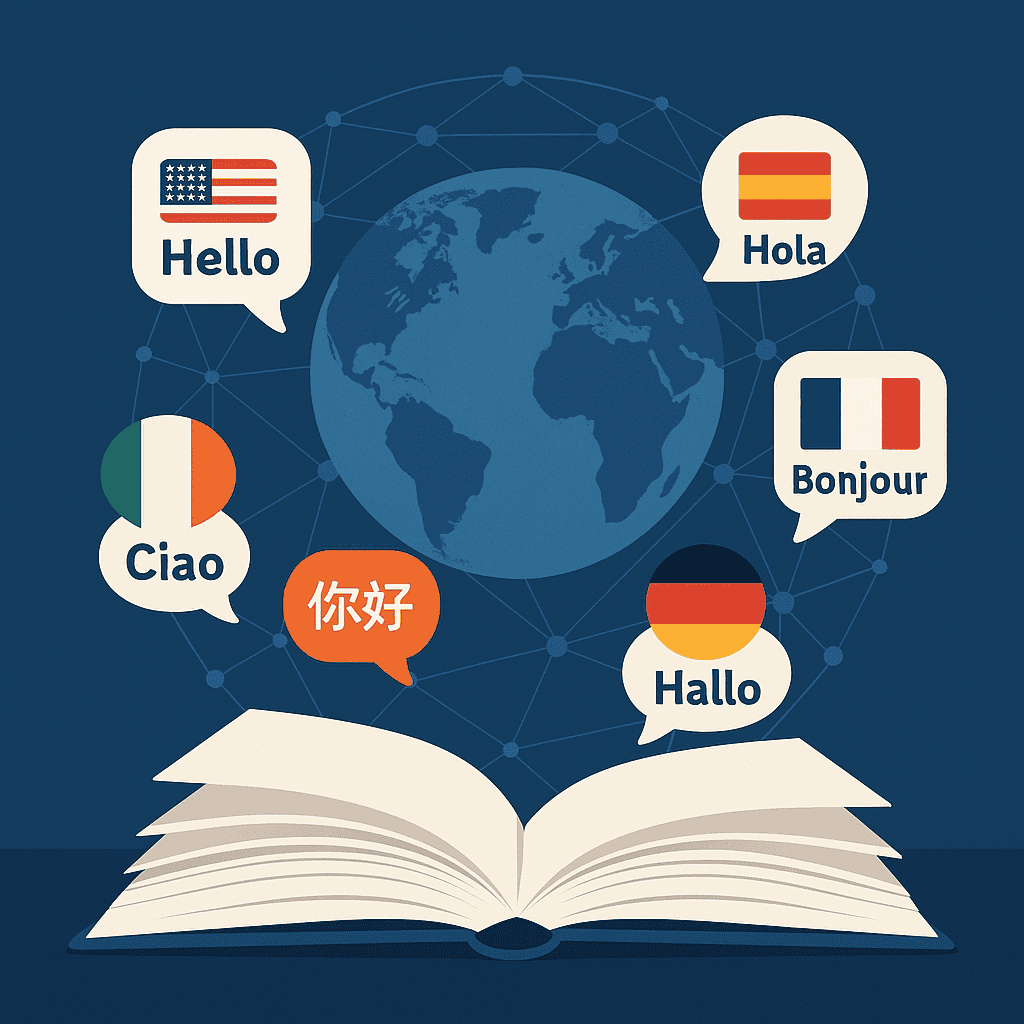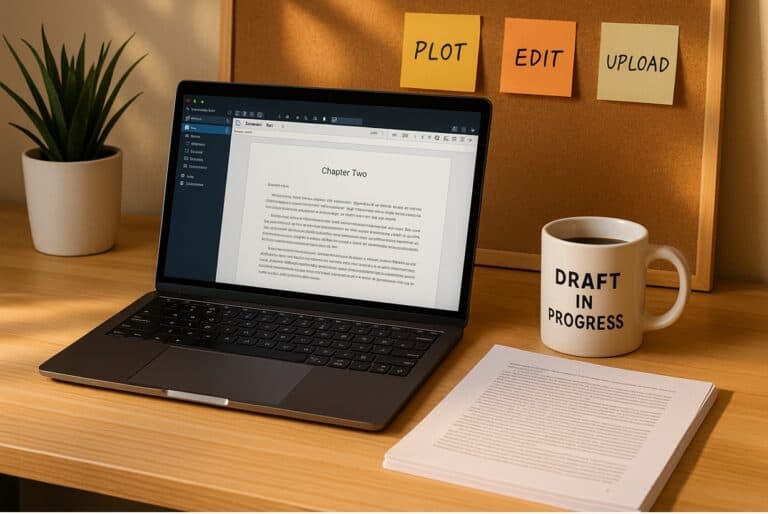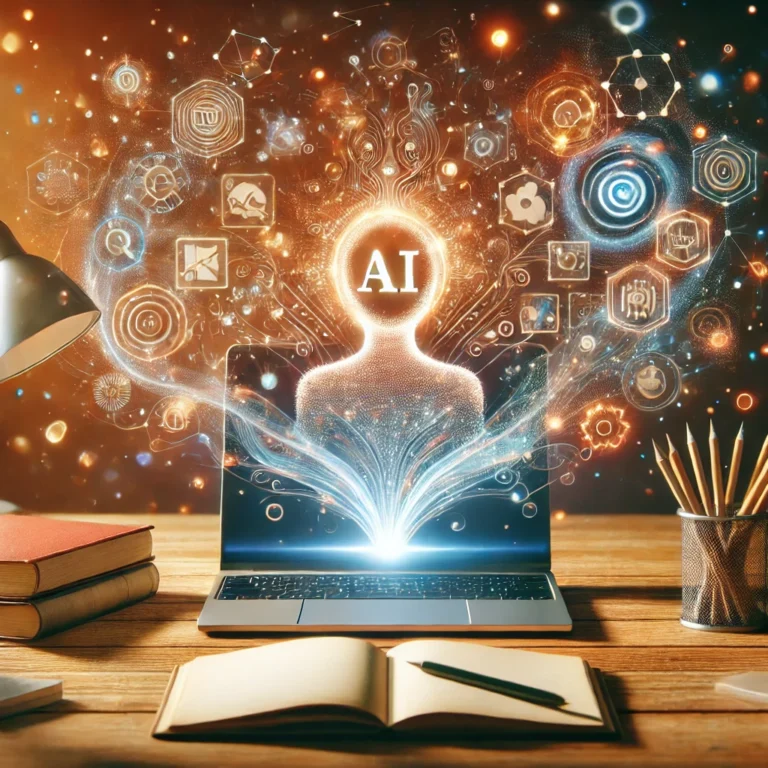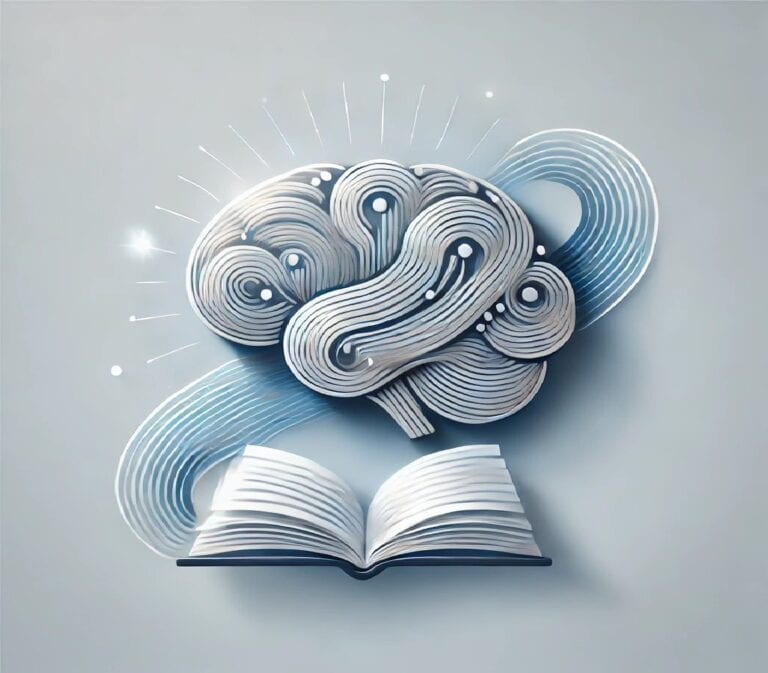AI Tools for Translation—5 Hacks to Reach Global Readers
“The limits of my language mean the limits of my world.” — Ludwig Wittgenstein, Philosopher
Imagine reaching readers worldwide, connecting deeply across language barriers, and witnessing your book sales soar internationally. Today, savvy new indie authors tap into powerful AI tools for translation like Google Translate, DeepL Translator, and Microsoft Translator. Effortlessly overcome language hurdles to build a global brand. Integrating multilingual communication strategies into your publishing process opens doors to entirely new markets. If you’ve ever dreamed of expanding your readership beyond English-speaking audiences, the time is now.
As a new indie author, you might wonder, “Why should I prioritize translation?” Simply put, embracing AI tools for translation is more than accessibility. It’s about market expansion, visibility, and increased revenue potential. Whether you’re writing novels, non-fiction, or genre-specific fiction, using AI translation accuracy strategically can significantly enhance your international presence. Indie authors who have harnessed AI tools for translation report increased book sales in countries they’ve never visited, demonstrating how effectively translated content can transform from local to global success.
Why Translation Matters for Indie Authors
Translation is more than a luxury. It’s a growth strategy. Readers worldwide are hungry for fresh voices and unique stories. New indie authors who leverage translation effectively experience tangible benefits.
- Expanded Audience: Multilingual communication breaks down barriers, helping your stories resonate globally.
- Increased Sales: New language markets mean more sales opportunities and diversified income streams.
- Enhanced Visibility: Multilingual authors appear more frequently in global online searches, creating powerful brand awareness.
For example, consider new indie author Carrie Jons. Initially, she published exclusively in English, experiencing modest success. After translating her suspense thriller into Spanish and German using AI tools and professional editing, Carrie saw her monthly sales triple within six months, capturing new audiences across Europe and Latin America.
Popular AI Translation Tools for Indie Authors
Let’s dive deeper into the three leading AI tools transforming multilingual publishing:
1. Google Translate
Google Translate is the most widely accessible and user-friendly option. With support for over 130 languages, its popularity is unmatched.
- Pros: Free, easy to use, and great for quick translations like book descriptions, author bios, and casual communications with readers.
- Cons: Less accurate with complex or nuanced content, potentially misinterpreting idioms or subtle literary meanings.
2. DeepL Translator
DeepL stands out for its exceptional accuracy, which is particularly suitable for indie authors needing nuanced translations for fiction or creative non-fiction.
- Pros: High-quality, context-aware translations that capture literary subtleties better than most AI tools.
- Cons: Supports fewer languages (currently around 30). Some advanced features require a paid subscription.
3. Microsoft Translator
Integrated deeply into Microsoft’s ecosystem, this tool excels in professional contexts.
- Pros: Effective real-time translation and integration with Microsoft Office products—perfect for indie authors managing multilingual projects or engaging international professional contacts.
- Cons: Not always ideal for creatively nuanced translations, such as poetic language or humor.
Strengths and Limitations of AI Translation Tools
AI translation tools provide undeniable advantages: speed, affordability, and remarkable convenience. They allow indie authors to produce multilingual content quickly and cost-effectively. The rapid evolution of AI continues to enhance translation quality, promising even greater accuracy in the future.
However, these tools do have limitations. AI struggles with complex literary techniques, cultural nuances, humor, and idiomatic expressions. Missteps in translation can lead to reader confusion or misrepresentation of your intended message. Therefore, it’s crucial to use these tools as aids, not replacements for human translators.
For instance, new indie fantasy author Josiah Adames initially used AI tools for translation exclusively. He quickly realized inaccuracies diminished the emotional impact of his narratives. After switching to AI-supported human translation, Josiah’s international reviews improved, boosting his global readership and sales.
| Feature | Google Translate | DeepL | Microsoft Translator |
| Supported Languages | 130+ | 30+ | 100+ |
| Translation Quality | Moderate | High | Good |
| Best Suited For | Casual use, quick checks | Literary/professional texts | Professional integration, real-time communication |
Best Practices for Using AI Tools for Translation
Successfully navigating AI translation involves striking a balance between efficiency and accuracy. Here’s how to strike the right balance:
- Use AI for Initial Drafts: Quickly translate marketing materials, author bios, and initial book descriptions to test market interest.
- Combine AI with Human Editing: Always have translated content reviewed by native-speaking editors to ensure quality, accuracy, and cultural appropriateness.
- Clarity is Key: Keep your original text straightforward. Short, clear sentences yield the most accurate AI translations.
- Avoid Cultural Pitfalls: Limit slang, idioms, and regional expressions that may not translate well.
New indie author Deana Huang initially translated her YA romance series with Google Translate. After reader feedback highlighted issues, Deana adopted DeepL for preliminary translations and partnered with human translators for final reviews. Her decision significantly boosted reader satisfaction and international book sales.
Practical Steps to Effective Multilingual Communication
Implement these straightforward steps to seamlessly integrate AI translation tools into your indie publishing workflow:
- Identify Your Markets: Conduct market research to pinpoint potential international readership.
- Choose Your Tool: Select the AI translation tool best aligned with your content type and language needs.
- Translate Initial Materials: Start with promotional materials, such as blurbs, social media posts, and author bios, to gauge market interest.
- Engage Editors: Have translated content reviewed by professional native speakers.
- Launch and Evaluate: Publish multilingual content, track your results, and adjust your strategy based on reader responses and sales data.
Future Trends in AI Tools for Translation
As AI advances, expect improvements in translation accuracy, better handling of cultural nuances, and increased sophistication in literary translations. Staying informed and adaptable ensures you capitalize on these technological developments, continuously expanding your global reach.
Your Multilingual Future Awaits
Today, indie authors like you have unprecedented opportunities to connect with readers worldwide. By strategically and responsibly embracing AI tools for translation, you can unlock international success, reach a wider audience, and boost your global influence.
Now it’s your turn. Start translating, connecting, and growing.
Ready to expand your readership internationally? Test these powerful AI translation tools today and share your experience. Your insights can help other indie authors navigate the world of multilingual publishing.
We hope you found these writer’s guide strategies helpful and inspiring. They’re intended to provide the necessary tools and insights to succeed as an indie author. For more guidance, see other writer’s guides, such as Engaging AI-Generated Content: 6 Secrets and AI Empowers New Indie Authors: 5 Best Hacks.
If you have a draft and want to explore how AI can help you self-publish it, read, Is Your Book Ready to Self-Publish? Lastly, for help writing a non-fiction book, read Write Your First Non-Fiction eBook: a 30-Day Workbook for Getting It Done.
Writing is an ongoing adventure that involves continuous learning and improvement. You don’t have to go through this alone. We are excited to accompany you every step of the way, providing you with support and motivation. Our goal is to give you the necessary knowledge and practical advice to confidently navigate the world of writing.
Visit our website for more in-depth resources and tools to propel your indie author journey to global heights.
Don’t wait. Start today! How can we help? To let us know, please fill out our Contact form. Happy writing!
FAQs
Here’s a set of helpful FAQs to deepen your understanding of how new indie authors can effectively use AI tools for translation to expand global reach.
How do I decide which language to translate my book into first?
Answer: Start by researching international markets most receptive to your genre. Analyze sales trends of similar indie authors, identify countries with strong eBook consumption, and choose languages that align with your book’s themes and audience.
Should I translate my entire book using AI tools?
Answer: Typically, no. AI tools are ideal for initial drafts or short materials, such as blurbs or bios. Combine AI-generated translations with professional human editing for your full manuscript to ensure accuracy, readability, and cultural relevance.
What are common mistakes indie authors make with AI translations?
Answer: Common mistakes include relying solely on AI without human proofreading, overlooking cultural nuances, or using idiomatic language that’s difficult for AI to interpret. Always have native speakers review translations to avoid these pitfalls.
How can I measure the success of my translated books internationally?
Answer: Monitor international sales data, reviews, and reader engagement on social media. Track rankings in foreign markets and gather reader feedback to assess translation quality and identify areas for improvement.
Do translated books require separate marketing strategies?
Answer: Often, yes. Effective marketing in new regions typically involves tailoring your promotional content to local cultural contexts, reader expectations, and platform preferences. Adapting your approach can significantly enhance your success.




